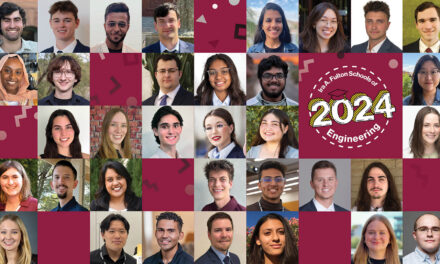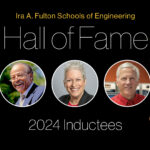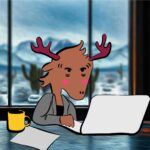
Meet student researchers solving health and sustainability issues

This article is part one of a two-part series highlighting student researchers presenting at the Fall 2024 Fulton Forge Student Research Expo on Monday, Nov. 18. Read part two. Learn more about the expo.
Treating diabetic wounds, helping people stay healthy in extreme heat, making spacecraft more efficient, managing stormwater more effectively and using computer science to aid endangered species reintroduction are just some of the ways Arizona State University students are addressing real-world challenges through hands-on research.
Undergraduate and graduate students in the Ira A. Fulton Schools of Engineering at ASU have several opportunities to conduct research that has real-world impact. Through individual projects mentored by Fulton Schools faculty members, students apply their classroom knowledge, build new skills and forge meaningful advances in the research themes of data science, education, energy, health, security, semiconductor manufacturing and sustainability.
In the Fulton Undergraduate Research Initiative, also known as FURI, and the Master’s Opportunity for Research in Engineering, or MORE, programs, participants conceptualize ideas, develop plans and investigate research questions during a semester.
Students participating in the Grand Challenges Scholars Program, or GCSP, can apply for additional funding to conduct research through the GCSP research stipend program. Conducting research is one part of the rigorous GCSP competency requirements designed to prepare students to solve the world’s most complex societal challenges.
These three programs enhance students’ ability to innovate, think independently and solve problems in their communities. They also benefit from the technical and soft skills they gain, which prepare them for their careers and the pursuit of advanced degrees.
Each semester, students who participate in FURI, MORE and the GCSP research stipend program are invited to present their findings at the Fulton Forge Student Research Expo. Learn more about five of the researchers participating in the fall 2024 event.
Meet them and more than 115 other student investigators at the Fall 2024 Fulton Forge Student Research Expo, which is open to the public, on Monday, Nov. 18, from 1 to 3 p.m. at the Memorial Union on the ASU Tempe campus.
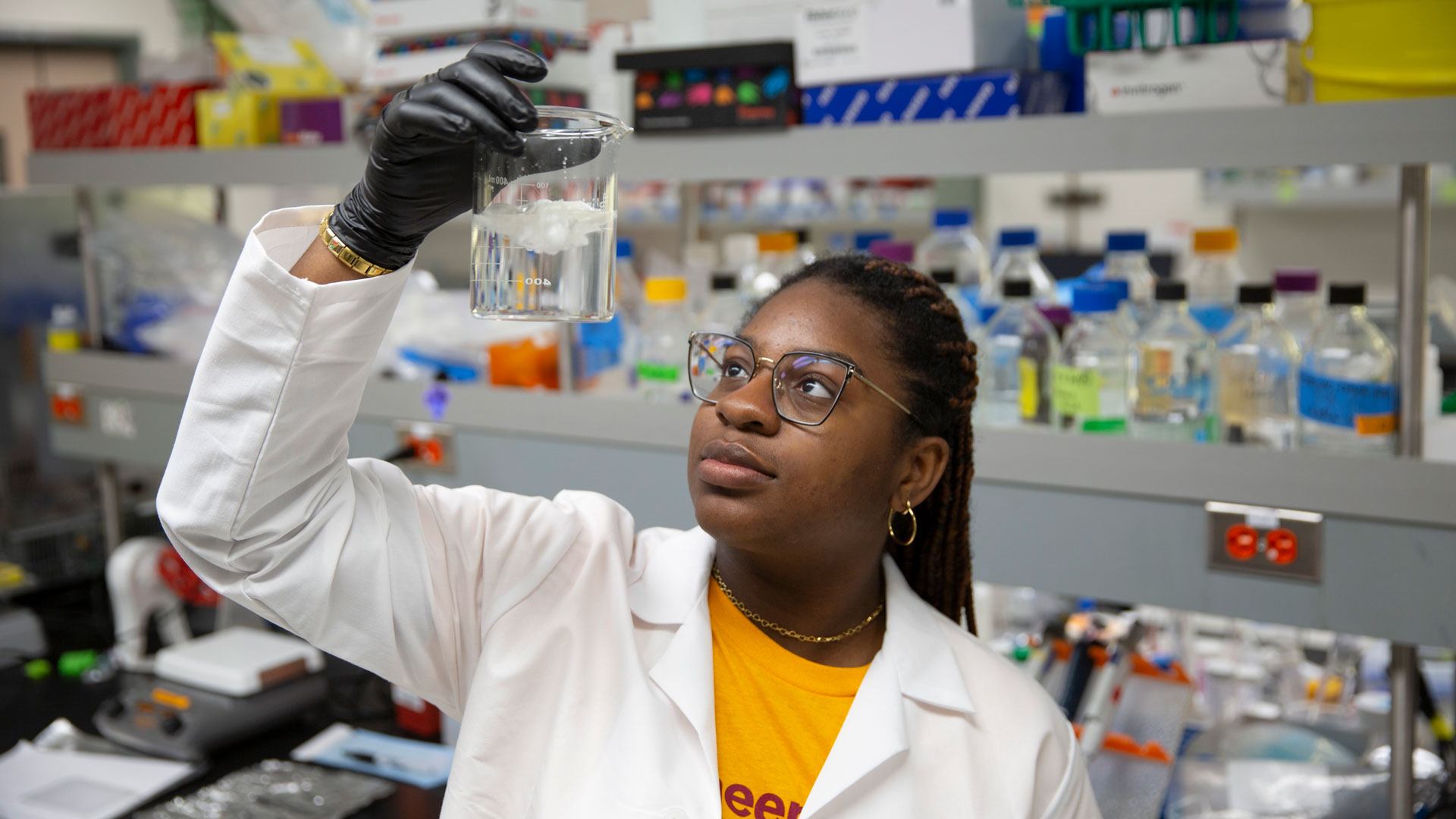
Photographer: Erika Gronek/ASU
Solenne Norvor-Davis
Solenne Norvor-Davis integrated her passions for medicine and technology by pursuing a degree in biomedical engineering. Now a junior, Norvor-Davis is conducting research in the FURI program with Jordan Yaron, an assistant professor of chemical engineering, to help expedite chronic and complex wound healing through the use of biomaterial dressings made of silk proteins.
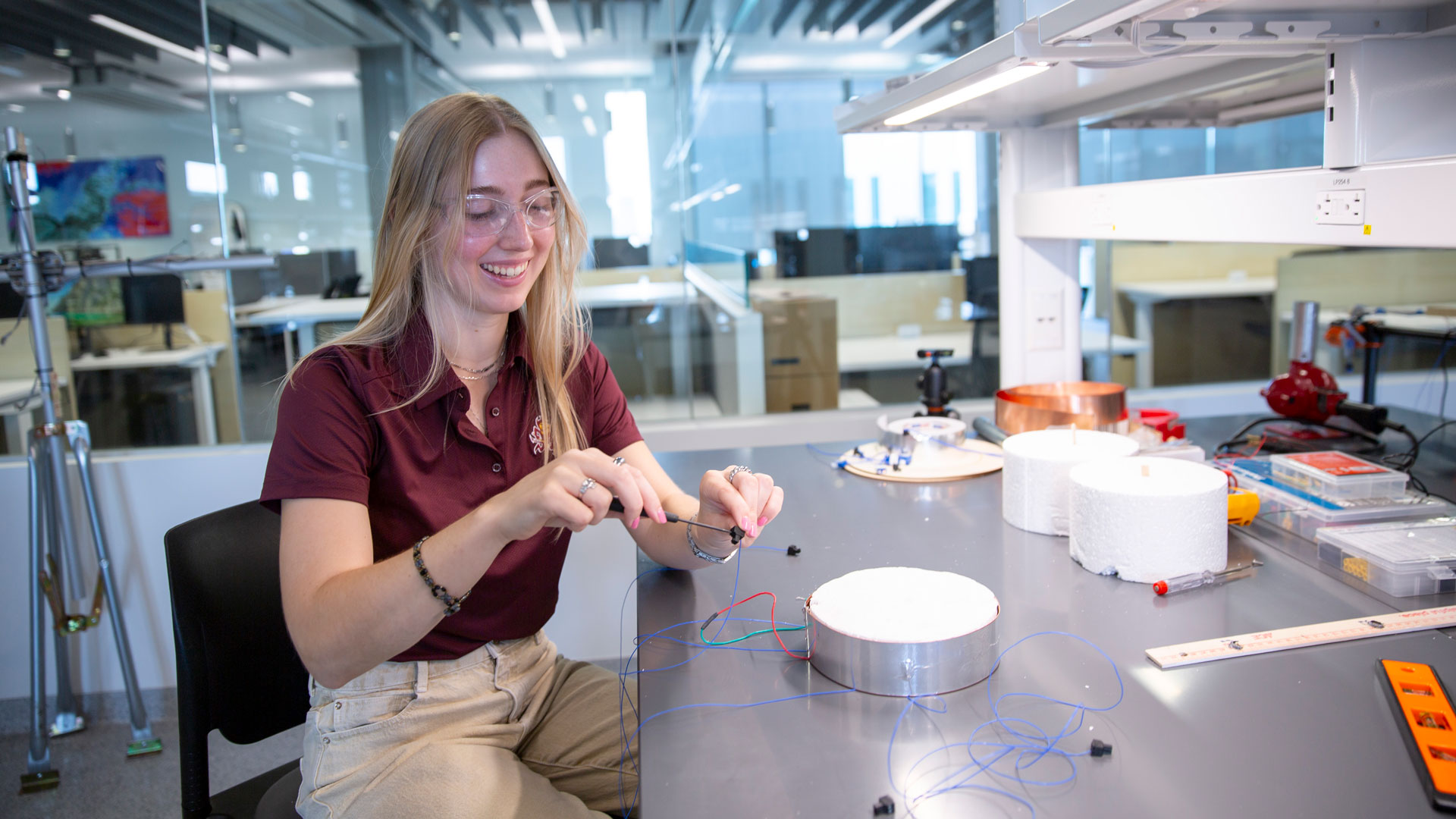
Photographer: Erika Gronek/ASU
Emily Parkerson
Aerospace engineering senior Emily Parkerson is fascinated by the idea of designing and building rockets for space exploration. She currently has her sights set on solving problems on Earth through research with Konrad Rykaczewski, an associate professor of mechanical and aerospace engineering. In her FURI research project, Parkerson is tackling the challenge of staying healthy in extreme heat. She is creating a personal biometeorological station, which measures the interactions between atmospheric conditions and living beings, to help people prepare for dangerously hot conditions.

Photographer: Erika Gronek/ASU
Chloe Stoops
Chloe Stoops has been amazed by outer space since she was a child and has always dreamed of being an astronaut. The aerospace engineering senior’s love for space, science and sustainability is motivating her to explore ways to improve spacecraft efficiency. Her work in the FURI program with Liping Wang, an associate professor of aerospace and mechanical engineering, involves developing a variable emittance coating in space-like conditions. The coating is an adaptive material that regulates temperature by radiating excessive heat at high temperatures and decreasing radiation to reduce heat loss at low temperatures.

Saurav Kumar (left) and Antonio Blair (right). Photographer: Erika Gronek/ASU
Antonio Blair
Antonio Blair chose to study civil engineering because he has always found dams to be one of the most fascinating types of infrastructure. As part of the FURI program, the civil engineering senior is working on research in another area of his major: stormwater management. Under the guidance of Saurav Kumar, an assistant professor of civil, environmental and sustainable engineering focusing on hydrosystems engineering, Blair is studying the effects of several stormwater management practices for efficiency and water quality.

Photographer: Erika Gronek/ASU
Sofia Vargas
Sofia Vargas, a computer science sophomore, finds that her major provides the freedom to explore and develop a variety of skills because it can be done anywhere. She has chosen to apply her skills as part of the GCSP research stipend program to develop a computer program with a graph coloring data visualization algorithm to help determine optimal sites for endangered species reintroduction, particularly in Arizona. She is conducting her interdisciplinary research under the mentorship of Xiaofan Yuan, a postdoctoral scholar in the ASU School of Mathematical and Statistical Sciences.







